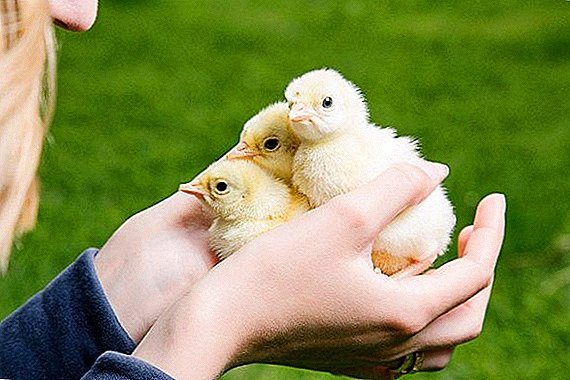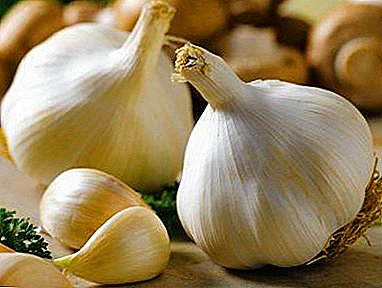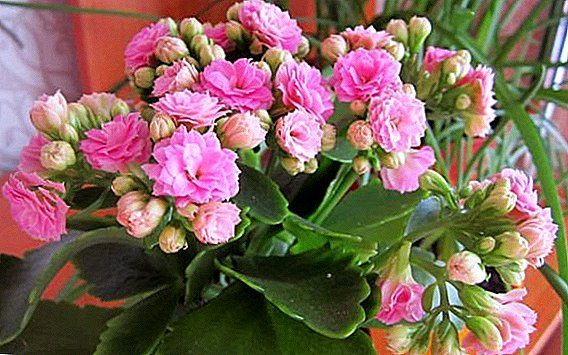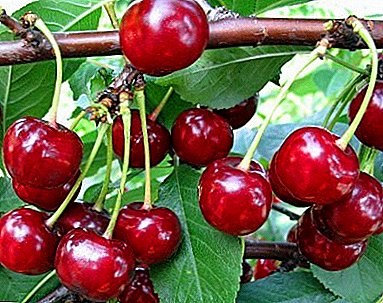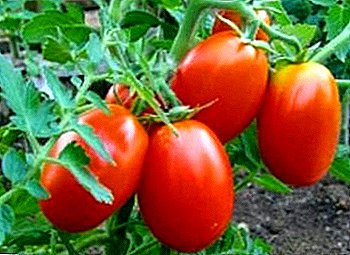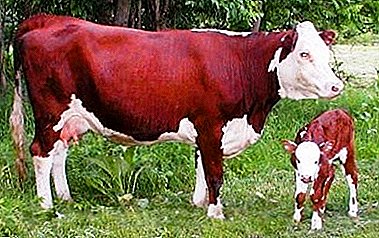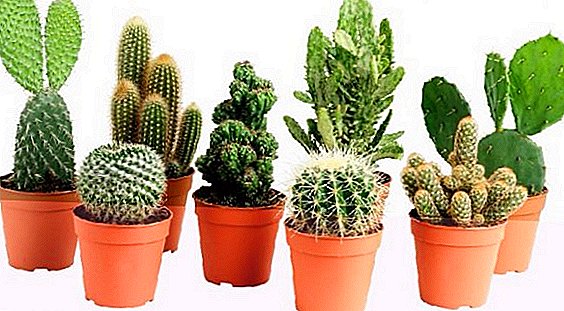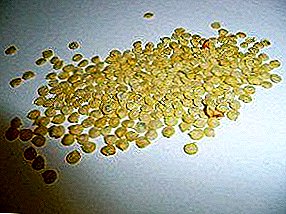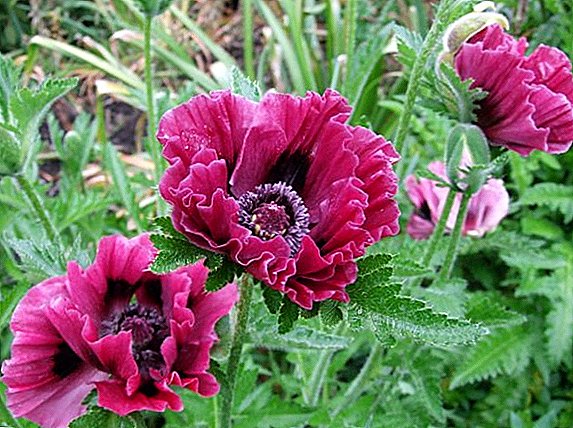 Oriental poppy or small leaf - herbaceous perennial growing on meadows, mountainous slopes and forest areas. Active plant breeding has been carried out since the end of the 19th century to grow poppy as an ornamental plant.
Oriental poppy or small leaf - herbaceous perennial growing on meadows, mountainous slopes and forest areas. Active plant breeding has been carried out since the end of the 19th century to grow poppy as an ornamental plant.
Description of Eastern Poppy
 Oriental poppy has thick straight stems with a small amount of lateral shoots. Stems depending on the variety grow from 40 cm to 90 cm tall, often fleecy, with whitish setae. Leaves on long petioles are long, lanceolate, dissected into several sharp segments, often serrated. Most Eastern poppy varieties are described as tall plants with long pedicels densely pubescent with stiff bristles. The buds are in the shape of an egg or a wide oval about three centimeters in length.
Oriental poppy has thick straight stems with a small amount of lateral shoots. Stems depending on the variety grow from 40 cm to 90 cm tall, often fleecy, with whitish setae. Leaves on long petioles are long, lanceolate, dissected into several sharp segments, often serrated. Most Eastern poppy varieties are described as tall plants with long pedicels densely pubescent with stiff bristles. The buds are in the shape of an egg or a wide oval about three centimeters in length.
Large rounded petals are colored with all shades of red, sometimes at the base marked with a black speck. Filamentous stamen is almost black with elongated blueberry anthers. The plant blooms in early June. After flowering forms the seed box.
The most popular best for growing varieties of Eastern poppies:
- Perrys White - with white flowers;
- Salmon Glow - terry flowers of orange-coral shade;
- Beauty of Livermere - petals have a black spot on a bright scarlet background;
- Cedric Morris - with pale pink corrugated petals with a dark spot at the base;
- Garden Glory - flowers terry, corrugated, salmon shade;
- Marcus Perry - orange-scarlet with ink stains;
- Sultana - the main color of the petals is pink, the base is of a darker tone;
- Pizzicata - large flowers come in various shades - from fawn to crimson-lilac tones;
- Black and White - white corrugated petals with a black base;
- Picotee - the main background of the petals is white, edged on the edge of a wide red stripe.
Where it is better to plant poppy east on the plot
 Poppy in natural conditions grows in open sunny places, so when planting it is desirable to take this into account. In the shade, the plant does not develop so quickly and loses some appeal. Eastern poppy for successful cultivation, it is desirable to shelter from gusts of wind, the stem of the plant, though thick, but can not stand and break. You can land under the protection of dense shrubs or walls of the house, preferably south.
Poppy in natural conditions grows in open sunny places, so when planting it is desirable to take this into account. In the shade, the plant does not develop so quickly and loses some appeal. Eastern poppy for successful cultivation, it is desirable to shelter from gusts of wind, the stem of the plant, though thick, but can not stand and break. You can land under the protection of dense shrubs or walls of the house, preferably south.
When choosing a site for planting, take into account the location of groundwater, the root system in poppy is well developed, an excess of moisture to it to anything. In addition to groundwater, pay attention to whether the area selected under the poppy is flooded with melt water. Be also guided by the fact that a plant can live in one place for ten years or more.
Did you know? In ancient Greece, poppies traditionally decorated the heads of Morpheus and Hypnos, the gods of sleep. It was believed that Morpheus could plunge a person into a dream by touching his head with a flower head.
How to prepare a plot for planting poppy east
Poppy prefers fertile, loose, water- and air-permeable soils; on acidic soils, the flowers of the plant are small. Before planting poppies, the soil is carefully prepared: the site must be dug deep, since all the weeds need to be removed, and many of them have long roots. Humus is introduced into the soil up to 10 kg per square meter and the mineral composition up to 50 g.
The combination of poppy oriental with other plants
 Poppies, despite the short flowering, are a bright decoration of the garden. When Oriental poppy plants are blooming, it seems that an exotic fire butterfly flooded the garden. Large, bright colors petals will decorate lawns, ridges, rock gardens and mixborders. Oriental poppy is good to combine on the lawn with yarrow of different varieties and oregano. Poppies are beautiful in single plantings and in rockeries, for example, with asters, cornflowers and Veronica. Bright poppy flowers will serve as a beautiful addition to the flowerbed with delphinium, cornflower and decorative cereals. Good companions will be Chinese chrysanthemums, daylilies, cuffs, geraniums, silverweed, spurge. Good neighbors will be kosmeya, laureate and tobacco.
Poppies, despite the short flowering, are a bright decoration of the garden. When Oriental poppy plants are blooming, it seems that an exotic fire butterfly flooded the garden. Large, bright colors petals will decorate lawns, ridges, rock gardens and mixborders. Oriental poppy is good to combine on the lawn with yarrow of different varieties and oregano. Poppies are beautiful in single plantings and in rockeries, for example, with asters, cornflowers and Veronica. Bright poppy flowers will serve as a beautiful addition to the flowerbed with delphinium, cornflower and decorative cereals. Good companions will be Chinese chrysanthemums, daylilies, cuffs, geraniums, silverweed, spurge. Good neighbors will be kosmeya, laureate and tobacco.
Interesting! In ancient Egypt, poppies were grown on plantations as a medicinal plant. Later, the Egyptians considered the flower a symbol of fertility and decorated with bouquets the temples of the goddess Hera.
Care for poppy seeds in open field
Poppy blooms for several days, after which the plant fades, losing its decorative appearance. If you do not need seeds, the above-ground part of the plant needs to be cut. Until the beginning of autumn, the poppy is at rest, then it builds up a leaf outlet with which it winters. Special shelter for the winter Maca is not required, it is resistant to cold.
How to conduct watering
Oriental poppy and in planting, and in the care in the open field - unpretentious plant. The root system is a long rod capable of getting moisture from the deep layers of the soil. This advantage allows the plant to not experience a lack of moisture in drought. Therefore, watering the plant needs regular, but not frequent and not abundant. With regular rainfall, the plant can not be watered.
Top dressing and mulching
 Eastern poppy in a flower bed loves cleanliness: regularly weed off weeds. With irrigation and dressing be sure to combine loosening, the root system needs air. During the growing season, the poppy can be fed with mineral mixture. Before planting, the soil is fertilized with organic matter, later poppy is fed with liquid organic infusions under a bush (infusion of mullein). To better preserve moisture, the soil around the trunk of the poppy is covered with mulch (peat).
Eastern poppy in a flower bed loves cleanliness: regularly weed off weeds. With irrigation and dressing be sure to combine loosening, the root system needs air. During the growing season, the poppy can be fed with mineral mixture. Before planting, the soil is fertilized with organic matter, later poppy is fed with liquid organic infusions under a bush (infusion of mullein). To better preserve moisture, the soil around the trunk of the poppy is covered with mulch (peat).
Garter to the support
Many poppy varieties are quite high, and the flowers are large. The stem under the weight of the inflorescence and the gust of wind can break, so the poppies are tied up at the stage of bud formation. For this, any peg or dry branch is suitable.
Important! Do not use thin nylon threads in the poppy garter to prevent damage to the stem.
Eastern poppy breeding
Oriental poppy stands out clearly in any flowerbed, so many beginning growers are interested in how the plant reproduces. To preserve the varietal characteristics of poppy propagated vegetatively - by dividing the bush. When the poppy blooms, the bush is dug up, divided into parts and transplanted into prepared pits. Since the plant grows quickly and strongly, make the distance between the pits not less than 60 cm.
 When breeding seeds maternal characteristics are not preserved. Sowing seeds carried out in open ground, poppy can not move transplant. The plot is prepared: they dig, clean and apply fertilizer. The soil is abundantly moistened, sowing is carried out to a depth of two centimeters, the seeds overwinter and sprout in spring. Like any young planting, the seedlings are thinned. Oriental poppy blooms in the second year.
When breeding seeds maternal characteristics are not preserved. Sowing seeds carried out in open ground, poppy can not move transplant. The plot is prepared: they dig, clean and apply fertilizer. The soil is abundantly moistened, sowing is carried out to a depth of two centimeters, the seeds overwinter and sprout in spring. Like any young planting, the seedlings are thinned. Oriental poppy blooms in the second year.
Attention! In many countries, poppy cultivation outside the law, the plant is considered a raw material of the opiate. The presence in the garden of more than ten bushes of a plant may result in criminal liability.
Possible diseases and pests of Eastern poppies
 East poppy most often affects powdery mildew and downy mildew. Both diseases are fungal in nature, signs are white plaque and spots on the aerial parts of the poppy. These diseases lead to wilting and death of poppy. Treatment: solution of copper oxychloride (40 g per 10 liters of water), infusion of garlic. These solutions need to be sprayed in the case of powdery mildew. Downy mildew has the same manifestations, so if you are not sure what kind of disease is in front of you, spray with copper sulphate or Bordeaux liquid.
East poppy most often affects powdery mildew and downy mildew. Both diseases are fungal in nature, signs are white plaque and spots on the aerial parts of the poppy. These diseases lead to wilting and death of poppy. Treatment: solution of copper oxychloride (40 g per 10 liters of water), infusion of garlic. These solutions need to be sprayed in the case of powdery mildew. Downy mildew has the same manifestations, so if you are not sure what kind of disease is in front of you, spray with copper sulphate or Bordeaux liquid.
Poppy can infect many pests: aphid, thrips, stealth, earwig, caterpillars and other insects that infect many flowering plants. You can fight insects with chemicals, such as Aktara, Actellic, Decis Profi.
Poppies - beautiful flowers, as bright as the sun. Their bloom will adequately decorate every corner of the garden, even for a short time.


